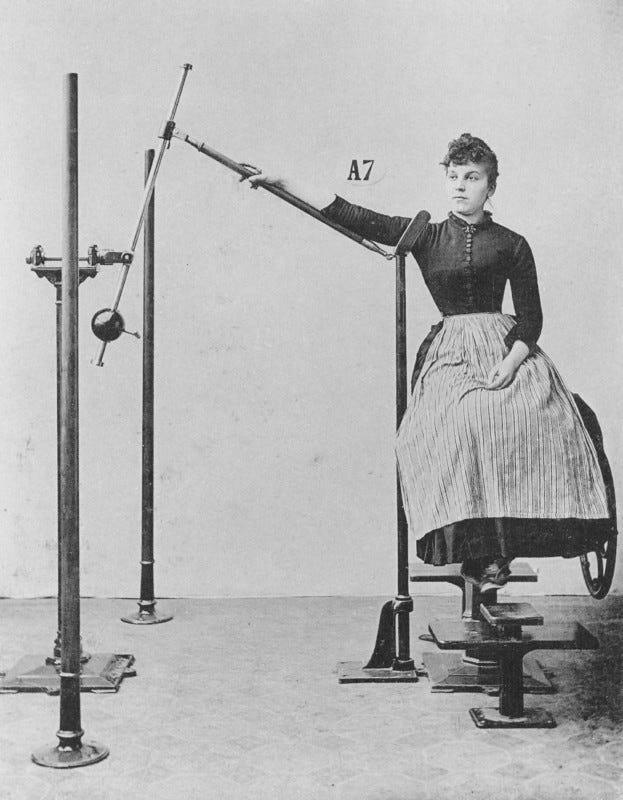Strength, Briefly
In the latest Rundown, sunglasses go high tech, it's how often not how much when it comes to resistance training and post-COVID fatigue is a concern when returning to sport.
The Rundown
Data at a Glance. The latest in connected eyewear for endurance athletes is the Engo 2 from Engo Eyewear. The performance sunglasses use the ActiveLook HUD nosepiece unit to display your speed, heart rate, power, elevation and distance with the AMOLED display in your right eye.
The photochromic lenses adapt to changing light conditions and the battery lasts 12 hours. Available in two sizes, the small weighs 36 grams and the large comes in at 41 grams.
Strength, Briefly. Remember the team from Australia’s Edith Cowan University that published a study on the physical benefits of doing bicep curls for just three seconds a day? They’re back with new research that expands on the idea of brief resistance exercise sessions.
For the new study, 36 university students (24 male and 12 female) were put into three different groups and they all performed eccentric contractions of the bicep (slowly lowering a raised dumbbell below the hips). One group did six contractions on a single day. Another did six contractions a day for five days a week. The last group did 30 contractions in a single day. The experiment lasted for four weeks.
The researchers found that the group doing six bicep curls once a week showed no increase in muscle strength or muscle thickness. The 30 bicep curls once a week group had no increase in muscle strength but muscle thickness grew by 5.8%.
Those doing six contractions a day, five times a week gained more than 10% in muscle strength. They also had an increase in muscle thickness that was similar to the 30 contractions group.
Study author Ken Nosaka notes the importance of the two rest days in the five times a week group, which allows for muscle changes to occur. He adds, “People think they have to do a lengthy session of resistance training in the gym, but that’s not the case.”
Footballer Fatigue. A University of Essex study has found that the match day performance of professional soccer players dropped after recovering from COVID-19 with three quarters of them battling fatigue for six weeks.
For roughly six months, researchers examined data related to 13 players in the Italian Serie C league who had COVID. Within the relatively small sample size, the results found 77% fought general fatigue for 37 days and 54% fought muscle fatigue for 38 days after testing negative.
GPS data from 10 games post COVID noted a four percent decline in match performance despite no drop in lung capacity. One original aspect of the study is that it examined players’ metabolic power during matches post infection.
Study author Michele Girardi suggests that “fatigue symptoms should carefully be considered for a safe and effective return to sport after COVID.”
Replay
This week’s vintage moment in fitness culture is brought to you by Dr. Gustav Zander’s arm rotation machine, 1892. Photo credit: Alfred Levertin in “Dr. G. Zander’s medico-mechanische Gymnastik.”





Phew, the post-COVID fatigue...when I got back to lifting after I had COVID, I expected it to be somewhat brutal but the total lack of, I don't know, *vigor,* was just so difficult. I had to learn to be OK with a real "slow and steady wins the race" mindset, which is tough when I'd been confined to my couch for a while and just felt the need to move how I usually do. It was a kind of good lesson, in a way--anything I could do despite the fatigue was still good for me, and the strength came back after a while.
Thanks for sharing your experience and the mindset you used to get through it. It takes resilience and I’m glad you got to the other side!